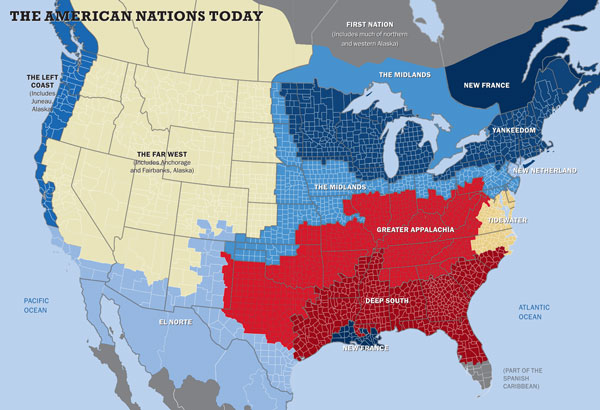Ostensibly a review of Professor Borges: A Course on English Literature, this essay is a great overview of how Jorge Borges’ politics affected his work:
Throughout his life, Jorge Luis Borges was engaged in a dialogue with violence. Speaking to an interviewer about his childhood in what was then the outlying barrio of Palermo, in Buenos Aires, he said, “To call a man, or to think of him, as a coward—that was the last thing…the kind of thing he couldn’t stand.” According to his biographer, Edwin Williamson,1 Borges’s father handed him a dagger when he was a boy, with instructions to overcome his poor eyesight and “generally defeated” demeanor and let the boys who were bullying him know that he was a man.
Swords, daggers—weapons with a blade—retained a mysterious, talismanic significance for Borges, imbued with predetermined codes of conduct and honor. The short dagger had particular power, because it required the fighters to draw death close, in a final embrace. As a young man, in the 1920s, Borges prowled the obscure barrios of Buenos Aires, seeking the company of cuchilleros, knife fighters, who represented to him a form of authentic criollo nativism that he wished to know and absorb.
The criollos were the early Spanish settlers of the pampa, and their gaucho descendants. For at least a century now, the word has signified an ideal cultural purity that, according to its champions, was corrupted by the privatization of the pampa and, later, by the flood of immigrants from Italy and elsewhere in Europe that took place in the late nineteenth and early twentieth centuries.
Borges spent much of his twenties attempting to write a full-length epic poem that would mythologize this “innumerable Buenos Aires of mine,” as he called it—a work that would, in Borges’s words again, “converse with the world and with the self, with God and with death.” He saw it as a way to reflect the city’s essence, as Joyce had done with Dublin, a way to establish a lasting cultural identity that Argentina did not yet possess in the world. His aim, in part, was to enshrine the urban descendent of the criollo, with his ubiquitous dagger and supposedly honorable outlaw ways. Eventually he would abandon the project—Borges was never able to conquer the long form; and though his cultural vision, as it later developed, would be much broader, the romance of the criollo would continue to animate his imagination. Some of his finest fiction—including the stories “The South,” “The Dead Man,” and “The Intruder,” to name just a few—was kindled by the dagger.
Full Story: The New York Review of Books: The Daggers of Jorge Luis Borges



